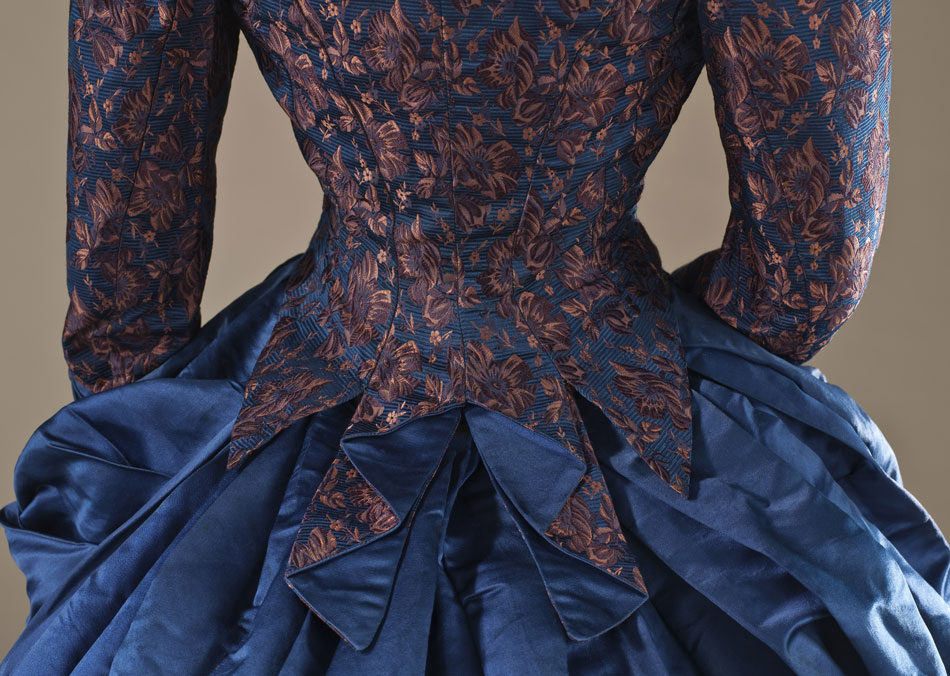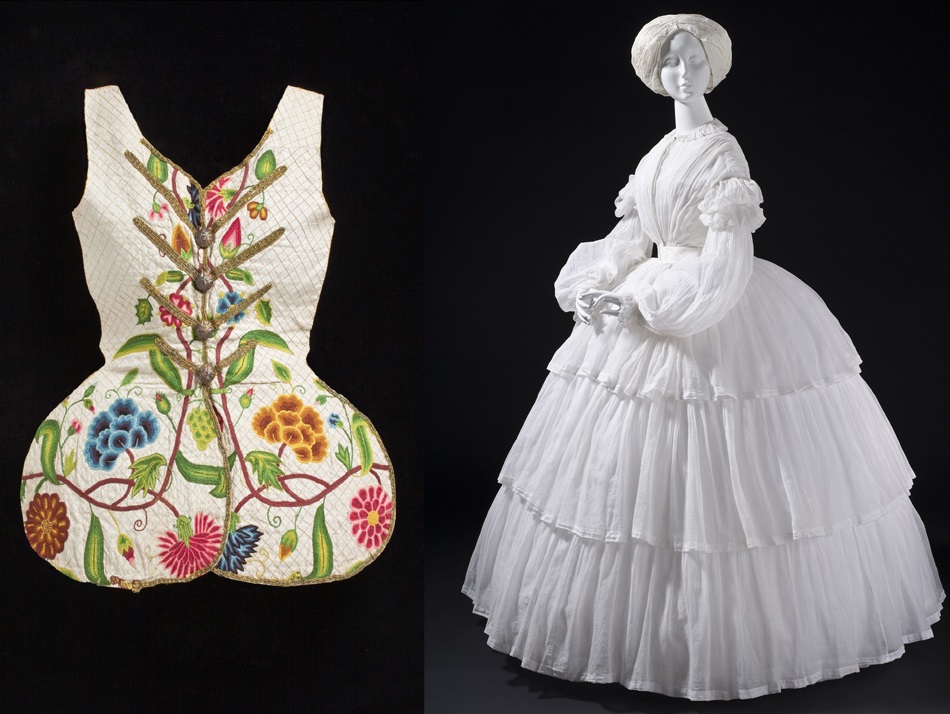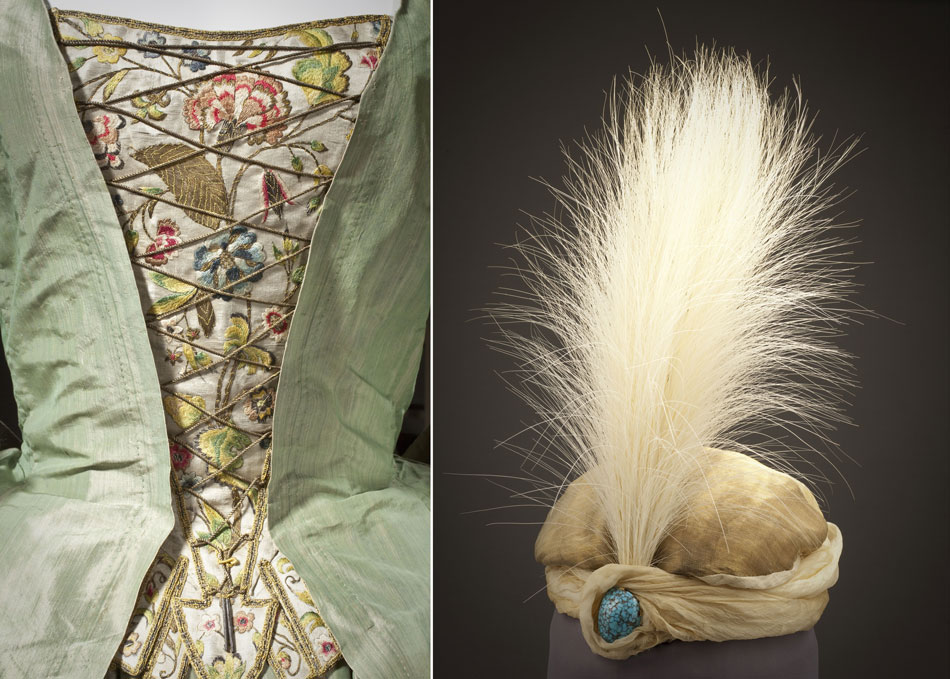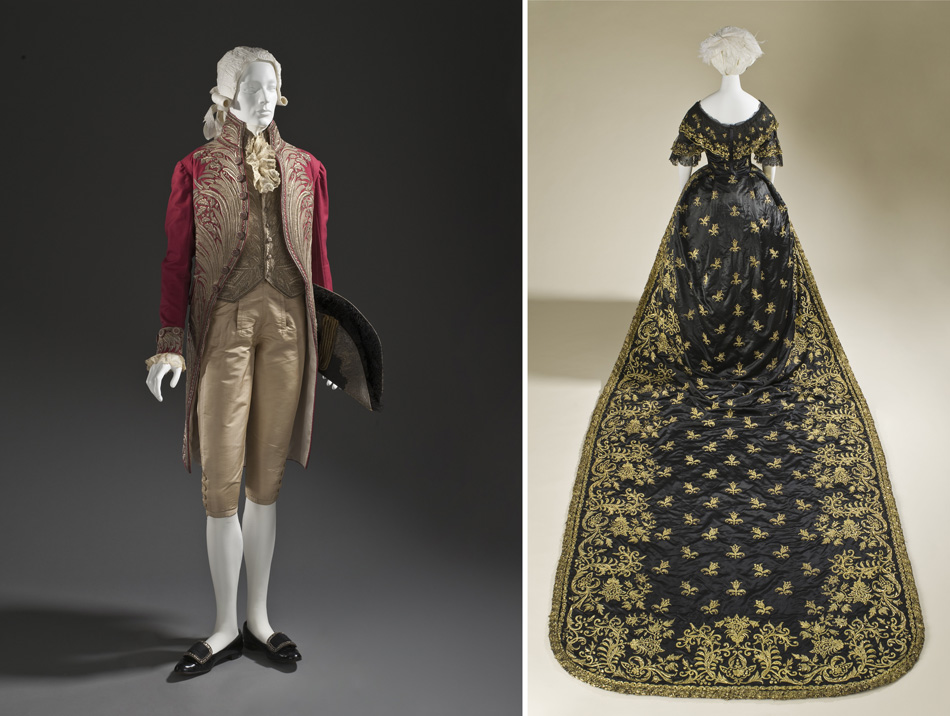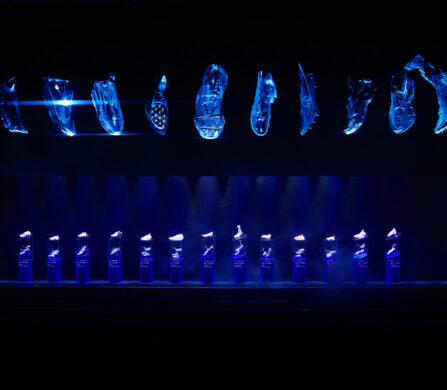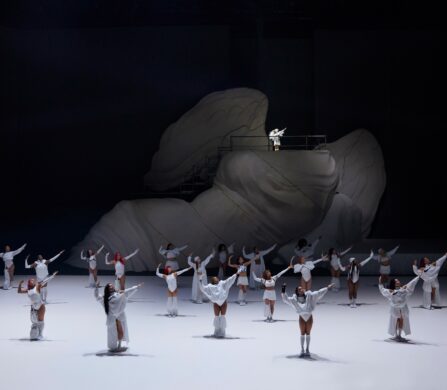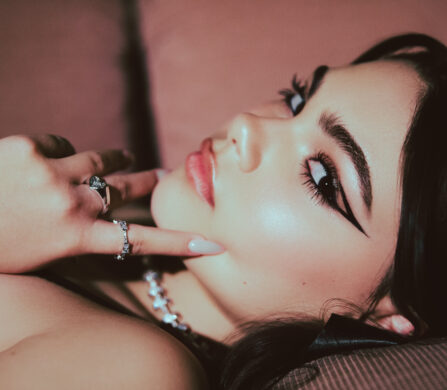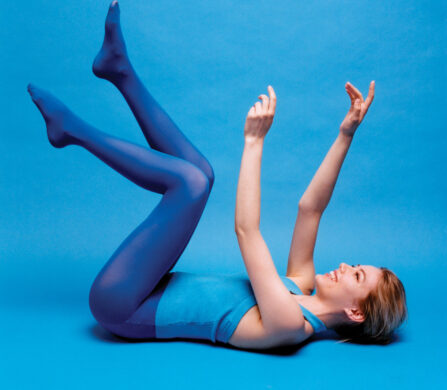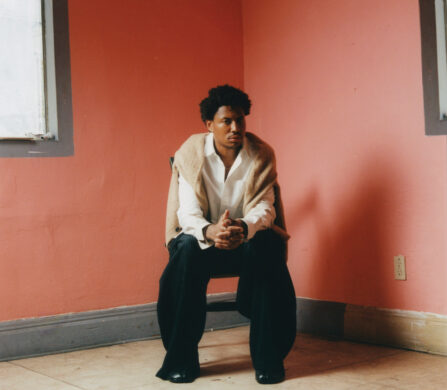‘Fashioning Fashion: Two Centuries of European Fashion (1700-1915),’ takes a retrospective look at our attire of the past. After being shown at the Los Angeles County Museum of Art (LACMA) in 2010, the exhibition has sashayed over to Les Arts Décoratifs in Paris where it currently showcases an excellent selection of ancient clothing and accessories.
A hundred male and female garments offer a historical and thematic overview of the major trends in European fashion from the early 18th century to the beginning of the 20th century. A demonstration of our changing tastes, the exhibition also unearths fashion’s technical and frequently concealed aspects. Shedding light on the dressmaking and tailoring techniques used, the quality and delicacy of fabrics, embroideries, and trimmings.
The goal of the exposition is to deliver a richer understanding of how fashion and sophistication were captured and created in Europe for over two centuries.
From the mid-1700s, women began wearing the robe à la française, or sac-back gown, which quickly came into fashion as a regular day dress. Such an extravagant gown pieced together with a boned corset and petticoat would seem excessive today, but clothing was a method to communicate wealth and status back then. For example, an elegant Portuguese dress had a very long train that required the assistance of attendants, showing social power and material wealth.
In the mid-1800s, dresses spoke of a woman’s role in society. Women were portrayed as a model of virtue and were not expected to do anything physical. The burdensome skirts they wore at the time succeeded in stopping them from being anything but idle.
Fashion also communicated a history of international affairs. With the development of trade, Europeans were more and more influenced by India and the Far East. Traders brought back luxury goods such as spices, tea and of course, fabrics. This led to the craze for cotton painted fabrics known as Indiennes, these were used for both upholstery and informal wear. Europeans discovered Indian muslins, turbans, fans, and exotic plants, which influenced European fashion in creating shimmering, palm frond motifs. Chinese, Japanese, and Turkish influences impacted not only on clothing, but also decorative arts, painting, and theatre.
Women were not the only ones conscious of their figure at the time, as even men wore corsets to narrow their waist. The outfit was normally composed of fitted trousers, a shirt, a colourful vest and a coat. A top hat and a tie added a hint of colour to the solemn silhouette, providing that final touch.
The beginning of the 20th century showed a transition from the hourglass to a more cylinder silhouette. The early 1900’s Art Nouveau philosophy allowed women to become more casual in their attire, but still exhibit their female form. Sinuous lines in clothing gave women a serpentine shape resembling the letter ‘S.’ By heightening the body’s natural shape, the corset intensified and redefined curves and bust, while accentuating the slim waist and forcing back the derrière.
Slowly but surely, all of these developments led to the establishment of haute couture. Charles Frederick Worth (1825 -1895) is considered the father of the art. For the first time, dresses were not pre-ordered by customers: Worth sold pre-made gowns that came straight out of his imagination. Other couturiers, such as Madeline Vionnet (1876-1975) and Jacques Doucet (1853–1929), also had a tremendous impact on fashion. They paved the way for today’s fashion designers.
Fashioning Fashion is at Les Arts Décoratifs in Paris from now until April 14th, 2013. For more info please visit: Les Arts Décoratifs online.
Words / Sheri Chiu
Follow her on Twitter @schiuonthis












